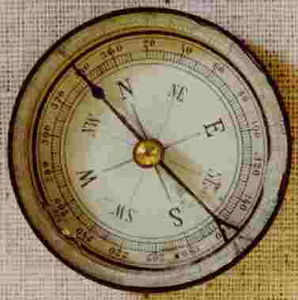Chapter
6: Technology with Educational Websites and Other Online Resources
Focus
Question 1: What is information management and digital content?
Undoubtedly we are living in the age of technology and information.
Formerly to be informed we read the newspaper, listened to the news or simply
watched these on TV. Today with just a CLICK we have access to an enormous
amount of information that is updated every second. As educators, how can we
find, organize and use the needed, useful and appropriate information for a
teaching process that actively involve and engage the students, as well as help
them develop their critical thinking and skills such as information and
Internet literacy? The answer is Information
Management.
Information management is the process of finding, organizing and using
information. This requires skills to find valuable information, organize it
efficiently, so that we can easily access it when we need it, and use it to
make it available to our students through interactive, creative and meaningful
sessions within and outside the school.
As a source of information, the
Internet has no comparison. Such online information is known as digital content. Obviously this is a
must if we want to fulfill our responsibility to teach and educate students in
line with the demands of the present time. However, despite how valuable is
this digital content, without the skills to properly manage this considerable
information, it would be useless.
The first thing I can say about this website is: Too bad I did not know
it before making our collaborative lesson plan! How many useful and innovative
ideas to make a lesson plan! In their
own words: “Discovery
Education offers a breadth and depth of digital media content that is
immersive, engaging and brings the world into the classroom to give every
student a chance to experience fascinating people, places, and events. All
content is aligned to state standards, can be aligned to custom curriculum, and
supports classroom instruction regardless of the technology platform.” In my
opinion this is a high-quality website that allows interactivity, exploration,
and engagement.
One can have access to: Interactive digital textbooks, engaging
standards-aligned content, lesson plans, comprehensive professional
development, assessment services, virtual experiences, learning communities,
and much, much more. If you go to this webpage,
you can try some remarkable curricular resources to teach science.
Summary
and Connection: I think that for us, the teachers, this is one of the
most important chapters. I've learned a lot about organizing electronic
resources to address curriculum frameworks and learning standards, Web Quests,
educational websites available to us on the Internet and how to use these to
provide interactive and engaging learning experiences for students. Indeed, the
information in this chapter has helped me have a more complete picture of how I
can use technology in my future classes, and if in case someday I feel lost in
the sea of electronic information, I know I can always turn to this chapter to
find the right course.
 |
| You can always find the right direction! Photo credit to Thomas Howden on Google |

Excellent post with synthesis of information management. Discovery Education is a fantastic tool and they also have a great networking tool for educators to share resources - fortunately for Collier Co teachers, they have access to even deeper levels than what is available to those who just scan the web, too!
ReplyDeleteRE: photo credit to Thomas Howden - is that CC licensed? I did not find evidence of that and therefore you would need to have received permission from him to use in your blog post, right?